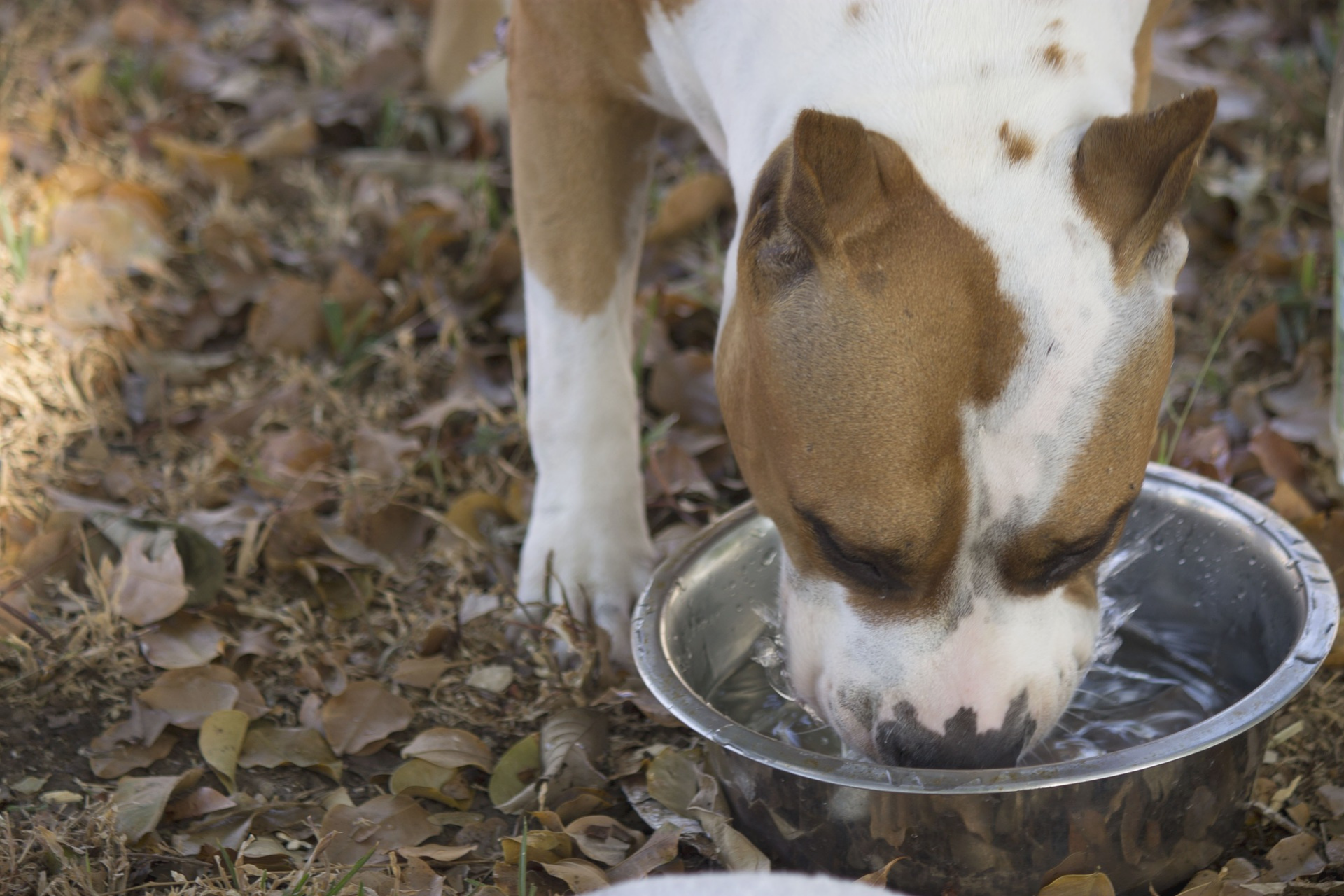You know when you are dehydrated—dry skin, decreased urination, and increased thirst are all signs your body needs more water. But how can you be sure your pet is getting enough fluids?
Like you, more than half of your dog or cat's body weight is made up of water. Hydration is essential to keep the body functioning properly, and when that water is lost, it must be restored. Fluid therapy replaces or maintains fluids within the bloodstream and body systems to help balance and support normal body function.
Is My Pet Dehydrated?
Dehydration can occur as the result of a chronic condition or acute illness that causes fluid loss, such as vomiting, diarrhea, kidney disease, and diabetes—as well as simple everyday functions, like panting and sweating.
Signs of dehydration in pets include:
- Lethargy or weakness
- Panting
- Tacky gums
- Decreased skin elasticity
- Loss of appetite
If you’re not sure, you can test for dehydration by gently pinching the skin on the back of your pet’s neck or between the shoulder blades. Does the skin immediately return to its normal position once released or does it stick up like a tent? If it's the latter, take it as a sign that your pet is dehydrated and needs veterinary attention.
 Does My Pet Need Fluid Therapy?
Does My Pet Need Fluid Therapy?
Your pet may need fluid therapy if he/she is unwilling to drink or is unable to obtain enough fluids by drinking.
Fluid therapy may also be recommended for any of the following conditions:
- Vomiting
- Diarrhea
- Chronic kidney disease or other organ diseases
- Hypovolemia (dehydration or loss of body fluids)
- Hypotension (low blood pressure)
- Feline Lower Urinary Tract Disease (FLUTD)
- Shock
What Kind of Fluids Are Used?
Fluids are made up of water, of course, but also contain basic electrolytes, such as sodium, potassium, chloride and sometimes glucose. Your veterinarian will choose an appropriate type of fluid based on your pet’s condition.
How Are Fluids Given?
Fluids are most commonly administered subcutaneously (under the skin) or intravenously (into a vein) using a needle or catheter.
Can I Give My Pet Fluids at Home?
Yes! If your pet requires regular fluid therapy for a chronic condition, subcutaneous fluids may be administered easily at home. Your veterinary team can provide all the equipment and instruction needed to perform the treatment yourself.
If you suspect your pet is dehydrated or may have a condition causing fluid loss, please contact us or schedule an appointment right away.
